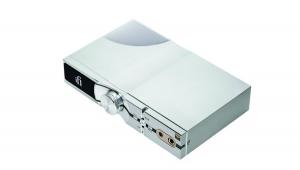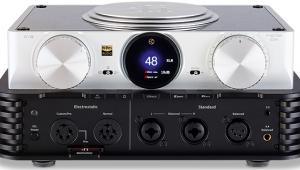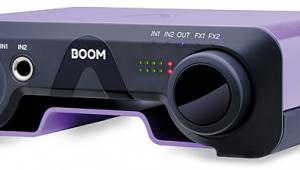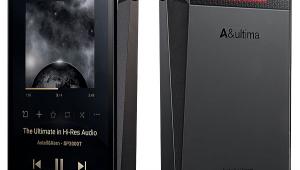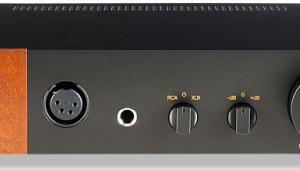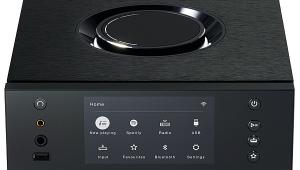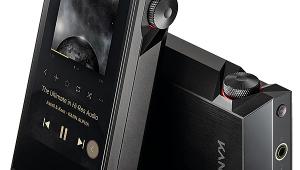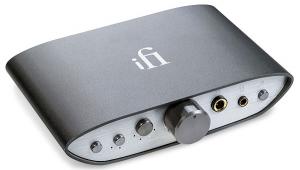Dekoni Audio Blue Headphones Page 2
Extraordinary Strings
But as with the Patrick Stewart intro, you could hear every word clearly – as you could in the opening track (including the F-word!) of Pink Floyd's classic Dark Side Of The Moon [EMI 582136 2; 30th anniversary SACD remix] its wide soundstage and extreme channel separation registering well with the voices. But the 'heartbeats' were decidedly thumpy…
I also enjoyed playing a 44.1kHz/16-bit rip of 'Money' played through Audirvana – the soundstage was again very wide (seemingly beyond the confines of my head), the raunchy beat and raucousness properly engaging, not least with the tempo change at 3m 06s and subsequent crescendo. So these Blues could be fun.
And at this point it's worth emphasising that these headphones improve markedly the more they are in play. Coming back to the Prokofiev after several hours of listening, those rifle shots had lost most of their overwhelming bass heaviness, while the string section had gained in body.
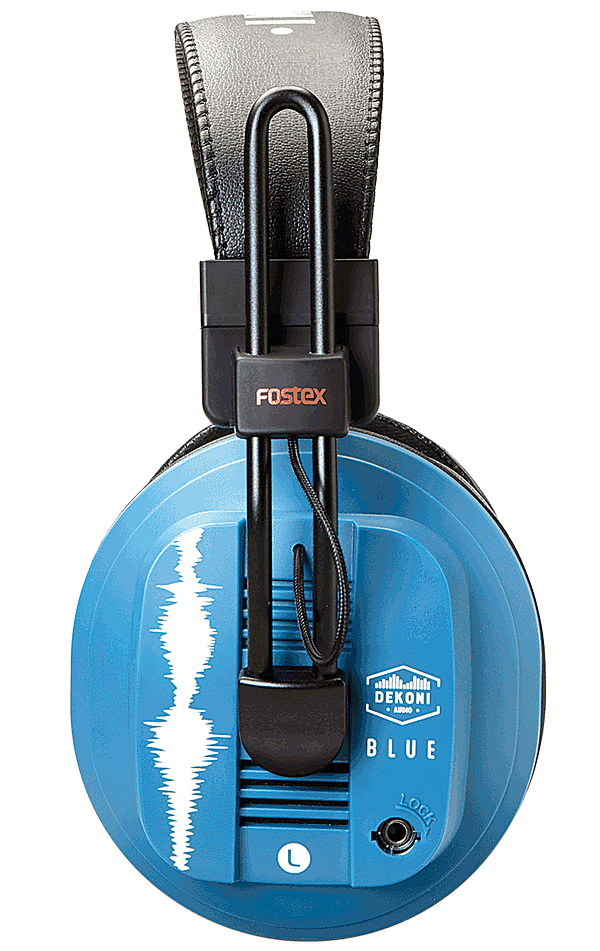
With the young Italian pianist Federico Colli's new JS Bach keyboard recital for Chandos [CHAN 20079; 96kHz/24-bit], we hear a Steinway D recorded at Potton Hall. The Blue presented an enjoyable, quite close sound – you could occasionally hear his pedalling noises – which caught the technical fluency this pianist displays and his way with ornamentation and trills, not to mention the withdrawn mood he brings, for instance, to the left-hand accompaniment part in the slow movement of Bach's Italian Concerto.
Another test for any hi-fi component is a small body of string instruments. The extraordinary sounds Shostakovich conjured up for the second movement of his last string quartet, Op.144, which ironically he called 'Serenade', are magically realised by the young Danish String Quartet on PRISM 1 [ECM 4817267; 96kHz/
24-bit, reviewed p96]. Recorded at the Neumarkt Reitstadel Concert Hall, this has abstract sounds scything back and forth around the ambient setting, the cellist starting a grumpy little tune at 0m 47s but the leader Rune Tonsgaard Sørensen announcing the main theme at 2m 04s. It's all fascinating stuff, and the Blue served it very well.
Blue On Blue
I suppose Miles Davis aficionados notice but don't really care about the patches of spitty distortion in the right channel from 1m 02-30s before the great man enters, on 'So What', Kind Of Blue [Columbia Legacy CK 64395; CD rip]. They recur briefly towards the end of the track. With the (Dekoni) Blue the opening plucked bass strings on this track can be heard resonating, as can the faint brushed cymbal in the background, then by the time we hear the trumpet we are hooked, letting the music wash around us, savouring the rhythms that keep the melody afloat.
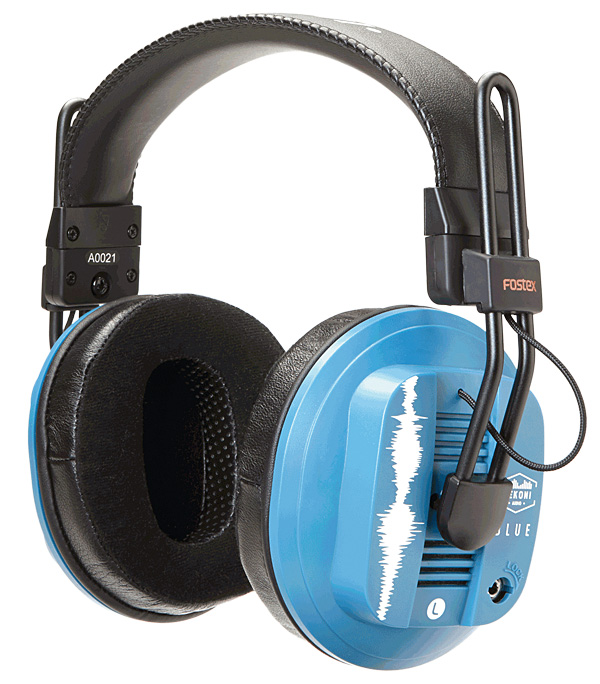
I must admit I don't get that much delight from this album (we had one HFN jazz reviewer who thought it was over-rated…), and I'm far more a fan of the Modern Jazz Quartet. I mentioned them to a 40-something rock fella' the other day and he'd never heard of them! Anyway, with a rip of 'The Golden Striker' from their No Sun In Venice Atlantic CD [1284-2], transferred from 1957 analogue tapes, the Dekoni Blue added warmth but delineated all the percussive effects and coped with Milt Jackson's prominent vibes, which can sound overpowering on some systems.
For orchestral music I turned to Russia and neighbouring Finland with two 20th-century examples. In 1911 Igor Stravinsky completed his third ballet score for the Ballets Russes, the vividly colourful Petrushka, and this has recently been recorded for the orchestra's own label by Valery Gergiev and the Mariinsky Theatre Orchestra [MAR0594; SACD]. The bustle of the opening 'Shrovetide Fair' and track 2 with its wheezy organ-grinder was slightly muted with the Blue, although the gloomy third track, introducing Moor and Ballerina certainly worked well.
At that time Sibelius was following an entirely traditional path. His 1903 'Valse Triste', from my Dec '18 Album Choice, BBC Nat Orch Wales/Thomas Søndergård [Linn CKD566; 96kHz/24-bit], with its plaintive opening, confirmed the Blue's adeptness with timing and atmosphere, the big theme sweeping in uninhibitedly.
Hi-Fi News Verdict
Reasonably priced for what they can offer, the Dekoni Audio Blue headphones are hardly the last word in wearing comfort and certainly not in design elegance, and classical purists who want unquestionable transparency may not particularly like the bass bias they exhibit. Give them time to run in, however – and indeed warm up for a while as you play them – and they can prove engaging and enjoyable.
